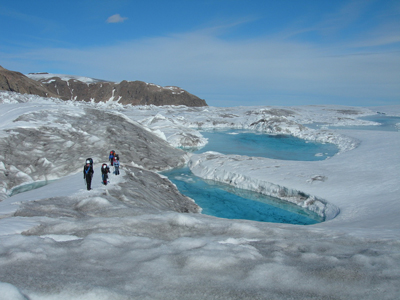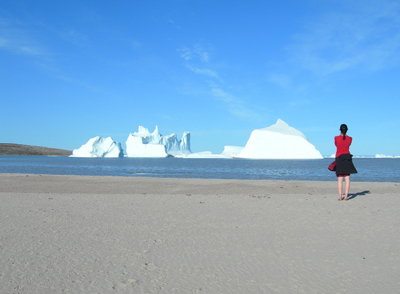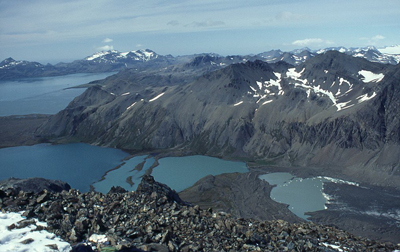November 2021 - COP26
by Nigel Williams

Until recently, sea level rise has perhaps been talked of in terms of having an end of century impact. Now it seems to be talked of in terms of the next 30 or so years, a much more comprehendible time scale within peoples' life time. Between 2013 and 2021, the rise in sea level has doubled compared to the rise in the period 1993 to 2002. There have been average rises of 4.4 millimetres each year in the last eight years, and it continues to rise.
There are other forces at work that have had less publicity, "glacial isostatic adjustment".
Essentially, as the ice sheets melt the land rebounds. In parts of Alaska, it is estimated to be about 2.5cms per year, 2.5m over the next century, so in part it may reduce the impact of sea level rise. In parts of northern Canada, it is estimated to be around 1.3 metres. Although marginal, I would presume land mass emerging will further contribute to sea level rises.

It's not just rebound and downward and horizontal crustal motion and changes in global sea level. These processes also affect the Earth's gravity field, induce earthquakes and changes in the Earth's rotation. These other affects are clearly all very subtle. However, judging by news reports it would seem that we are seeing an increase in volcanic activity as evidence.
There are further factors at play, groundwater withdrawals, oil and gas extraction, sand mining and the construction of flood barriers. Groundwater removal in particular can cause the land to sink faster than it would through isostatic rebound alone, because it causes sediments in aquifers to compact together and the land above it to sink. For low lying coastal areas with high populations, the demands on fresh drinking water and irrigation add to the issue. Jakarta for instance was sinking at a staggering 17cms per year. However, these are local issues rather than resulting from global changes. A number of cities around the world, Tokyo for example, have been able stop, and in some cases reverse this through ingenious water management systems.

As one who is working to get a walking cycling path between our village and the local town all of 3km away, it has become apparent that Sustrans are becoming extremely busy whilst struggling to financially meet the demand from communities across Scotland. I hope with Patrick Harvey of the Greens having responsibility for sustainable transport, and the COP26 event, that these projects will come to fruition.
Plans to rewild large areas of the UK are already starting to make a visible impact. I was in the beautiful Glen Feshie the other day. In order to remove a non-native fir plantation a timber lorry track is being constructed across the hill side. I believe it is expected to be removed after some replanting of natural species for re-wilding rather than as a commercial crop.
There are plenty of other examples of changes to the UK infrastructure and landscape that our climate crisis is creating. All of these things are taking place all over the UK. It seems a phenomenal task for our cartographers to keep on top of it all.
Return to the Navigation Blog
 FREE UK delivery
FREE UK delivery For Christmas delivery information
For Christmas delivery information 







